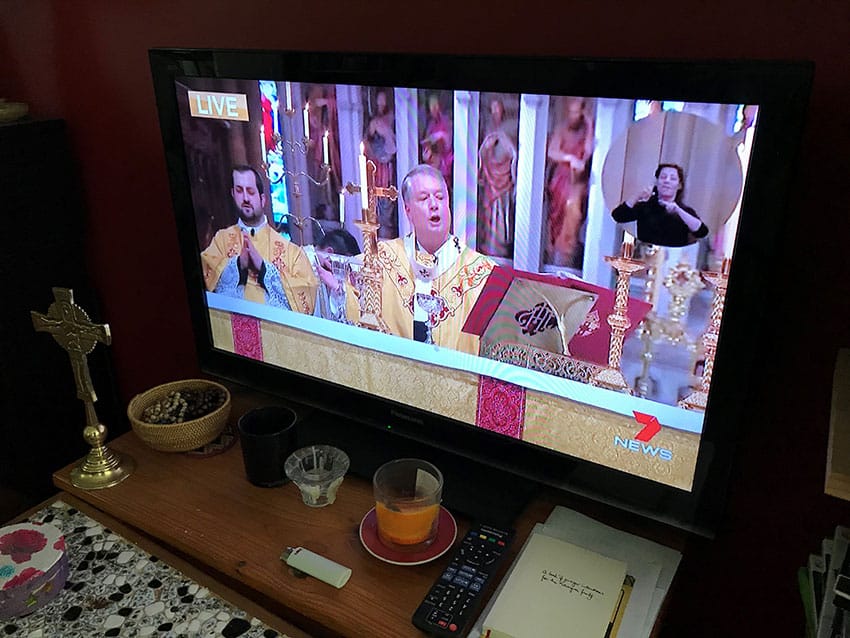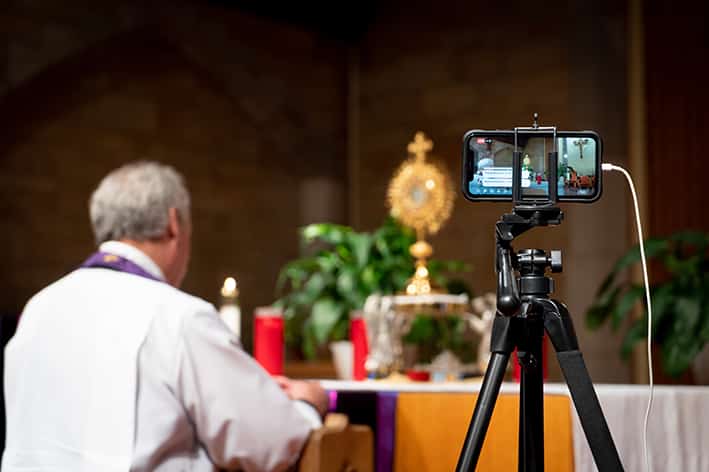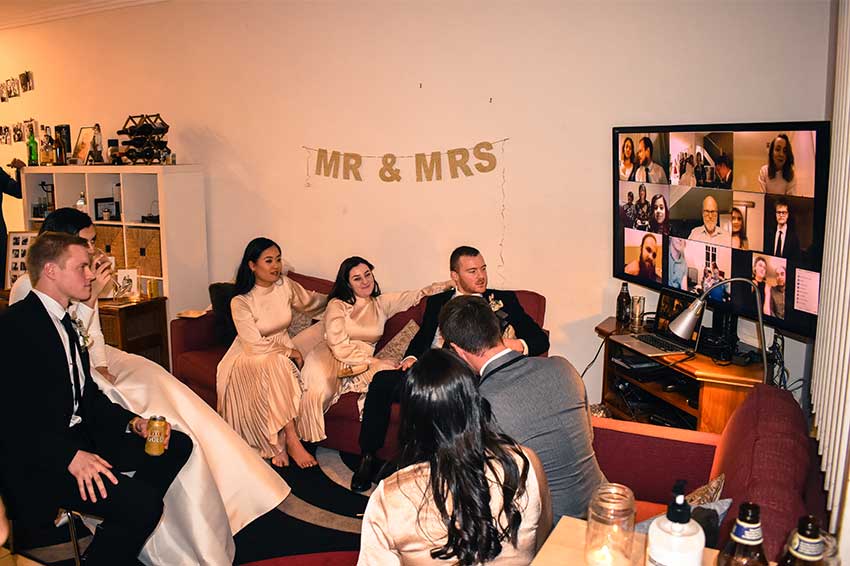
I’m doing honours in psychology this year at Monash University. For this, I created a project asking how Catholics worshipped in Australia during COVID-19.
What types of virtual worship did people choose? What types of real-life worship did people also choose? And did this influence their spiritual wellbeing?
“Around 70 per cent of you said that before COVID19, you normally attended Mass every Sunday and some weekdays. So you are really invested in the Church in Australia.”
I got a terrific final sample of 1173 practising Catholics from all over Australia. What’s extra terrific is that around a third of them are aged 18-34 years of age – the future of the Church.
Around 70 per cent of you said that before COVID19, you normally attended Mass every Sunday and some weekdays. So you are really invested in the Church in Australia.
And what did you do during church closures? Almost all of you used a mix of virtual and real-life worship.

The Mass was the most popular virtual worship event, and livestreaming was the most popular form of virtual delivery of any type of worship (much more popular than television).
Pretty much all of you who had access to real-life worship opportunities also took them, but there was a big section – probably in Victoria – who had no access to a church or priests during this period.
“How often you went to Mass before COVID19 predicted how much you engaged in virtual and real-life worship during lockdown.”
I was looking for things that predicted whether Catholics would go back to regular Mass attendance after COVID19. The thing that predicted this most strongly was your rate of Mass attendance before COVID19.
How often you went to Mass before COVID19 predicted how much you engaged in virtual and real-life worship during lockdown.
And how much you engaged in real-life – not virtual – worship during COVID19 also predicted whether you’d go back to Mass once restrictions were lifted.

Pretty much all of you wanted access to the sacraments with appropriate safeguards in a future pandemic situation.
This is a good call on your part. It’s like you instinctively know that keeping connected with the clergy and the sacraments in real life – even if churches are closed – keeps your faith alive.
However, there’s some bad news: not everyone has gone back to their pre-COVID19 rate of Mass attendance, and we’ve lost some of you. Again, it comes down to how often you went to Mass before COVID19.
If our church leadership wants to avoid a sinkhole opening under the Church in Australia because of church closures, there are two things they can do.
“… ensure that Catholics can access the sacraments and clergy if churches have to close again. Livestreaming is not bad – but it doesn’t seem to have influenced people to come back to real-life Mass.”
The first is to get people back into church and regular Mass attendance, as soon as possible.
The second is to ensure that Catholics can access the sacraments and clergy if churches have to close again. Livestreaming is not bad – but it doesn’t seem to have influenced people to come back to real-life Mass.
Our Plenary Council was called partly to address the first problem, which is an ongoing one.
So far, they haven’t shown any signs of really grappling with this.
That’s a shame, because now in the post-COVID19 era, when our numbers of practising Catholics have suffered quite a substantial hit, this issue has become more urgent than ever.
Related Articles:
- Philippa Martyr: A special time
- Philippa Martyr: Lost sheep need prayer first
- Philippa Martyr: Faith’s duty – and responsibility
